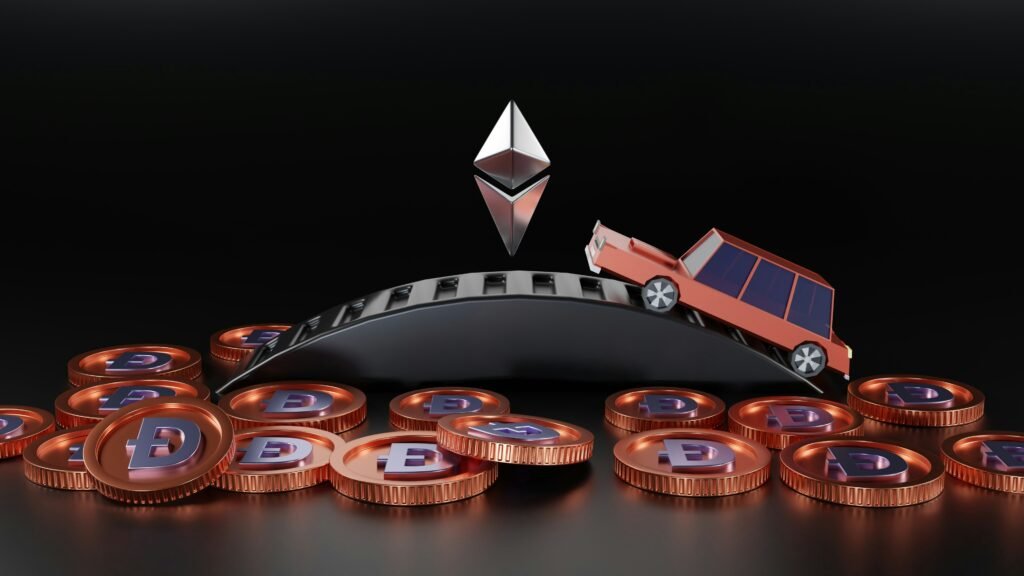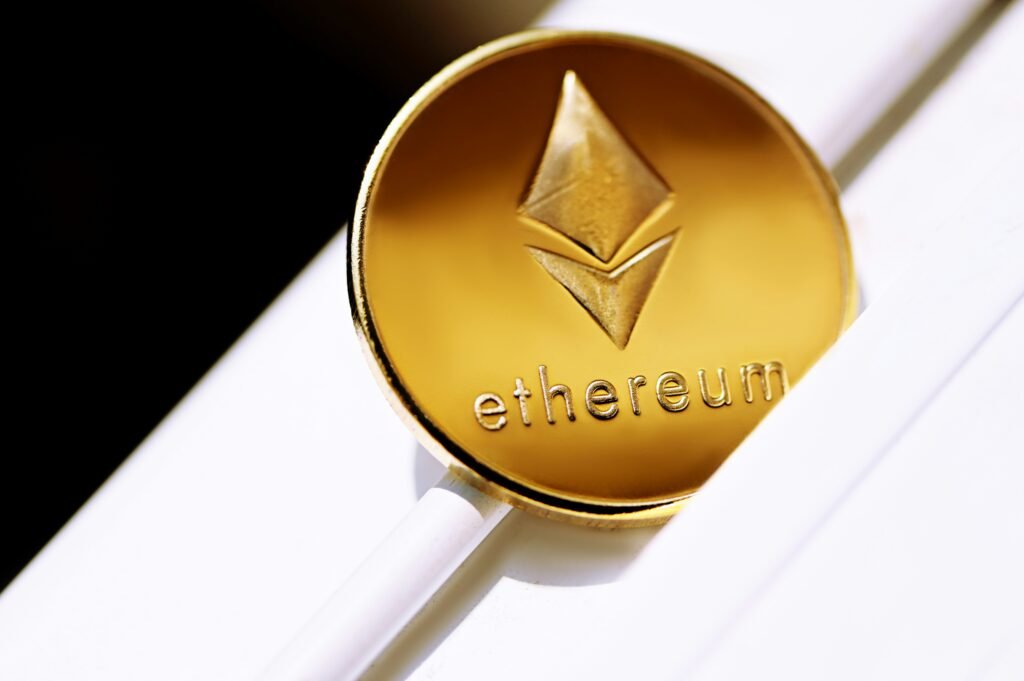Lead
Ethereum whales stacking ETH have increased holdings by roughly 14% over the past five months, driving fresh optimism for Ether price upside. BlockAI reports that institutional investment and ETF inflows have accelerated since August, making the trend visible on-chain and in market flows. Who is buying, when they bought, and why they are stacking now matter for traders and DeFi users watching momentum. The how is straightforward: large holders and ETFs are adding ETH and reducing available supply on exchanges, tightening the market.
Why whales accumulate
Ethereum whales stacking ETH often follow the same playbook: buy, hold, and reduce sell pressure. Large wallets have been transferring ETH off exchanges into custody and cold storage. That pattern of accumulation supports an Ether price upside thesis when ETF inflows and trading interest follow. For traders, spotting continued Ethereum whales stacking ETH can provide early signals to reweight portfolios toward ETH and DeFi exposure.
ETF inflows matter
Institutional investment has been notable in recent months, with strong ETF inflows that outpaced Bitcoin in year-to-date flows. Those ETF inflows are both a cause and an effect of Ethereum whales stacking ETH: institutions buy ETFs while whales on-chain buy and hold. The combined impact of ETF inflows and on-chain accumulation tightens liquidity and helps explain why market participants now discuss a renewed shift toward Ethereum rather than a Bitcoin comparison.
On-chain growth signals
On-chain growth metrics confirm the trend: rising wallet concentrations, larger balance increases at the top percentile, and steady DeFi activity. Ethereum whales stacking ETH has coincided with higher DeFi deposits and increased staking interest. These on-chain signals suggest demand is diversifying across use cases, from staking to lending in DeFi, reinforcing the narrative of sustainable growth for ETH.
DeFi activity boosts demand
DeFi applications on Ethereum remain a core driver of utility and demand. Increased borrowing, yield farming, and new liquidity pools have encouraged both retail and institutional users to hold ETH for collateral and fees. As Ethereum whales stacking ETH remove coins from circulation, DeFi activity can amplify price moves when liquidity is already constrained. Traders and new entrants should watch DeFi metrics and whale flows together.
Timing and market context
The uptick in accumulation has concentrated over the last five months, with a particular spike since August. BlockAI notes that Ethereum whales stacking ETH during this window matches the surge in ETF inflows. That timing matters: coordinated accumulation while ETFs gather assets creates a feedback loop that can push prices higher. In this context, Ether price upside is not only speculative sentiment but a structural reaction to supply-demand shifts.
Comparing to Bitcoin
A clear Bitcoin comparison helps explain capital rotation. Ethereum’s year-to-date returns and ETF interest have outpaced Bitcoin, prompting some capital to flow from BTC into ETH products and tokens. Observers now watch whether Ethereum whales stacking ETH mark a sustained rotation or a shorter-term tactical move. Either way, the rotation changes market narratives and increases correlation risks across major crypto assets.
Risks and caution
Even as Ethereum whales stacking ETH signals bullish intent, risks remain. Market sentiment can reverse, ETFs can slow, and macroeconomic events may trigger widespread selling. Concentrated whale holdings can also create volatility if large wallets move unexpectedly. Risk-aware strategies should combine on-chain monitoring, ETF flow tracking, and traditional risk management.
How traders can use this
Traders can use the signal of Ethereum whales stacking ETH to refine entries and position sizing. Watch exchange balances, whale transfer alerts, and weekly ETF inflow reports. Pair those indicators with DeFi activity metrics to confirm demand-side strength. For long-term investors, sustained Ethereum whales stacking ETH supports a thesis of continued Ether price upside if fundamentals stay supportive.
Lead takeaways
The clearest takeaway is simple: Ethereum whales stacking ETH, combined with robust ETF inflows and rising DeFi activity, increases the odds of further upside for ETH. This accumulation tightens on-chain supply and aligns institutional investment with whale behavior. For both newcomers and seasoned traders, tracking these flows offers a practical edge in an evolving market.
Frequently asked questions about Ethereum whales stacking ETH (FAQ)
What does it mean when Ethereum whales stacking ETH?
It means large ETH holders are accumulating and holding more ETH on-chain, reducing available supply and signaling bullish intent.
How do ETF inflows relate to whales stacking ETH?
ETF inflows attract institutional capital while whales buy on-chain. Together they tighten liquidity and can drive Ether price upside.
Should I trade based on whales stacking ETH?
Use whale activity as one signal among many. Combine it with ETF inflow data, DeFi metrics, and risk management before trading.
How can I monitor Ethereum whales stacking ETH?
Monitor exchange balances, whale transfer alerts, on-chain analytics, and weekly ETF flow reports to track accumulation patterns.
Sources to this article
BlockAI (2025) “Ethereum validator queue surges as institutions and retail rush to stake”, defidonkey.com. Available at: https://defidonkey.com/en/ethereum-news/ethereum-validator-queue-surges-institutions-retail-stake (Accessed 4 Sep. 2025).
BlockAI (2025) “Bitcoin ETF inflows spike as institutions buy FBTC and IBIT”, defidonkey.com. Available at: https://defidonkey.com/en/bitcoin-news/bitcoin-etf-inflows-institutions-buy-fbtc-ibit (Accessed 4 Sep. 2025).



